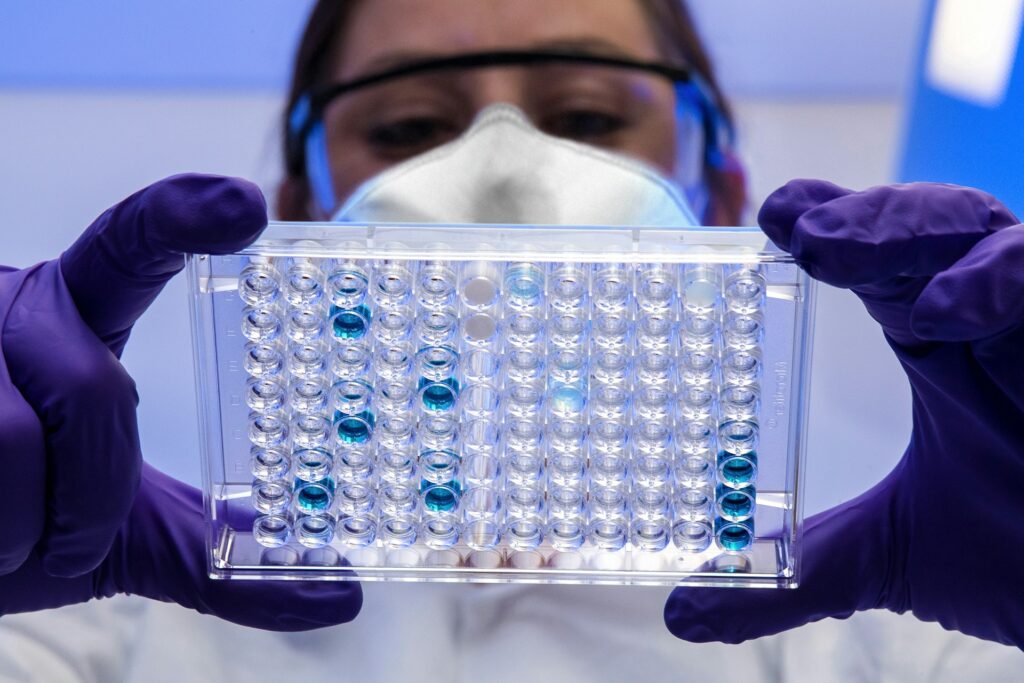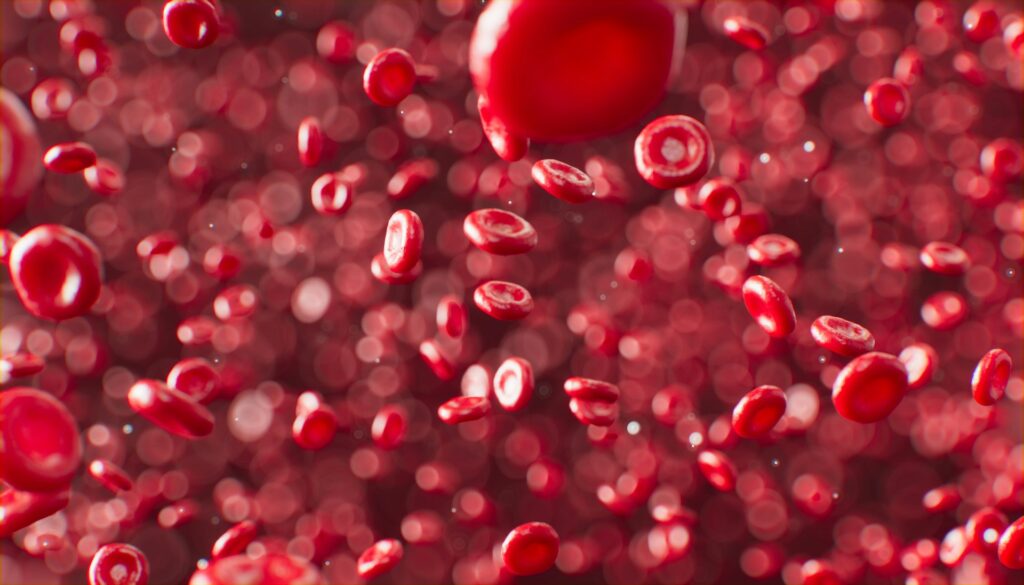Researchers at the Massachusetts Institute of Technology, led by Rodrigo Freitas, TDK Assistant Professor in the Department of Materials Science and Engineering, have uncovered previously hidden atomic patterns in common metals that challenge long-standing assumptions about metal processing and material properties. Their work, demonstrates that subtle chemical orders persist in metals even after extreme manufacturing processes and may have significant implications for designing stronger, more durable alloys.
Islam, M., Sheriff, K., Cao, Y., & Freitas, R. (2025). Nonequilibrium chemical short-range order in metallic alloys. Nature Communications, 16(1), 8926. https://doi.org/10.1038/s41467-025-64733-z
For decades, scientists have known that metal alloys can exhibit small-scale chemical patterns. These patterns were largely thought to be inconsequential or to disappear during conventional manufacturing, which typically involves repeated cycles of heating, rolling, and deformation. The MIT team’s findings overturn this view, showing that these patterns not only survive, but can be systematically understood and potentially harnessed to influence properties such as mechanical strength, heat capacity, radiation tolerance, and catalytic behavior.
Rodrigo Freitas, from Massachusetts Institute of Technology stated,
“Researchers have been looking at the ways these atomic arrangements change metallic properties; a big one is catalysis. Electrochemistry happens at the surface of the metal, and it’s very sensitive to local atomic arrangements. And there have been other properties that you wouldn’t think would be influenced by these factors. Radiation damage is another big one. That affects these materials’ performance in nuclear reactors.”
Freitas and his team focused on how chemical elements mix and rearrange during typical metal processing steps. Using high-fidelity computational simulations, the researchers tracked millions of atoms under conditions that closely replicated industrial practices. The simulations revealed that even during violent deformation processes designed to randomize atoms, metals retain subtle short-range chemical orders. This observation pointed to previously unidentified physical mechanisms governing atomic behavior in alloys.
Co-first authors Mahmudul Islam, Yifan Cao, and Killian Sheriff contributed extensively to developing the computational models and conducting large-scale simulations. Their work allowed the team to visualize how dislocations; defects within the crystal lattice—guide atomic rearrangements. These dislocations act as three-dimensional pathways that selectively shuffle atoms, favoring some atomic swaps over others and creating persistent patterns rather than a fully random distribution.
“Dislocations have chemical preferences that guide how they move,” Freitas explains. “They tend to break the weakest bonds, so instead of achieving complete randomness, atoms settle into subtle patterns. This creates non-equilibrium states in metals, similar to how living systems maintain steady states away from equilibrium.”
The team also observed new chemical arrangements never previously seen outside of manufacturing contexts, referred to as “far-from-equilibrium states.” These findings suggest that manufacturing techniques inherently imprint structural patterns on metals, and understanding these patterns could allow engineers to tune metallic properties in ways not previously possible.
In addition to simulations, the researchers developed a simplified predictive model that reproduces the key features of the observed atomic arrangements. This model links common processing steps; such as rolling, heating, and deformation; to resulting chemical patterns, providing a practical tool for materials engineers. By adjusting processing conditions, it may be possible to control atomic order to optimize performance for applications ranging from aerospace to semiconductors and nuclear reactors.
“The practical applications are wide-ranging,” Freitas notes. “Electrochemical reactions, catalysis, and radiation resistance are all highly sensitive to local atomic arrangements. Understanding how these patterns form during manufacturing opens a path to designing alloys with targeted properties.”
The research has also sparked interest in reevaluating other anomalies in metallic properties that have puzzled scientists for years. By revealing that chemical order can survive extreme processing, the MIT team has provided a new framework for understanding and predicting material behavior at the atomic level.
Freitas emphasizes that this work bridges fundamental research and applied engineering. Advanced manufacturing techniques now allow engineers to create alloys that would normally be difficult or impossible to combine. With a deeper understanding of atomic shuffling and pattern formation, it becomes feasible to design metals that are both lightweight and strong, precisely tailored for demanding applications in aerospace, energy, and technology.
This study demonstrates the power of combining computational modeling, machine learning, and materials science to uncover hidden behaviors in widely used metals. It opens new possibilities for improving alloy performance and paves the way for more systematic control of material properties in industrial production.

Adrian graduated with a Masters Degree (1st Class Honours) in Chemical Engineering from Chester University along with Harris. His master’s research aimed to develop a standardadised clean water oxygenation transfer procedure to test bubble diffusers that are currently used in the wastewater industry commercial market. He has also undergone placments in both US and China primarely focused within the R&D department and is an associate member of the Institute of Chemical Engineers (IChemE).



